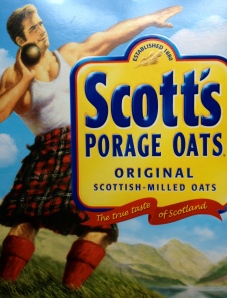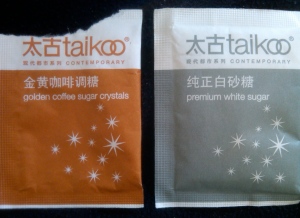
Chic cacao: for the peeps, by the peeps.
Happy Easter, y’all! In Finland, nothing says “Hyvää Pääsiäistä!” like the Mignon, a handmade chocolate egg “nougated” out with almonds and hazelnuts and poured into a real eggshell. A Fazer classic since 1896 (outside of WWII), and the Finnish company’s second oldest product, the egg was a favorite of the Russian czar’s family. To this day, the confection (originally from a German recipe) can only be found around Easter in-country and in select export markets…the US not being one of them. For all those coveting one (or more) for your children’s baskets, you can hippity hop here and there. Your very own virtual hunt.
To see how these treats are filled, finished and packaged once the eggshells are sorted and cleaned, YouTube delights. The original contents of the natural vessels go to commercial kitchens, with nary a yolk or white wasted. About 2.5 million “containers” are sourced from all over Finland. Only the best of a certain size adhere to the 54 gram weight restriction. About 2 million eggs are sold annually — impressive, considering the majority of sales occur at home, a nation of a little over five million. There is nominal distribution to Scandinavia, Russia, Germany and Canada. But, the “bunny” (as in burning, haha) question is why these are not more widely distributed. Why do Canadians have the closest luck?
Decorating ideas abound at Fazer.fi on how to trick out the plain shells. After all, it is a blank canvas. But why not make them in assorted colors from the get-go? I’m “dying” to know what sustains the supposed Henry Ford-esque “any color so long as it’s white” tradition. Has the family-run business forgotten that Karl Fazer, the founder, had an appreciation for design and packaging, which he picked up while on professional stints in Berlin and Paris? He was also known to be a visionary marketer, placing advertisements on Helsinki’s streetcars as early as the end of the 19th century.
Naming new products was a celebrated family affair, with Karl and his wife, Berta, letting their four children in on the creativity. It was the patriarch’s time in France that likely influenced the ovoid’s name: mignon means cute, adorable and lovely in French. Each is pretty much that…in a nutshell.
Extra, eggstra! You can read more about these solid chocolate ambassadors if you’re proficient in Finnish. There are no teasers about Mignons on the English site, I suppose, because they’re not sold here. Bock, bock, bock, bock, bock! Who needs chickens when you’ve got Fazer.









